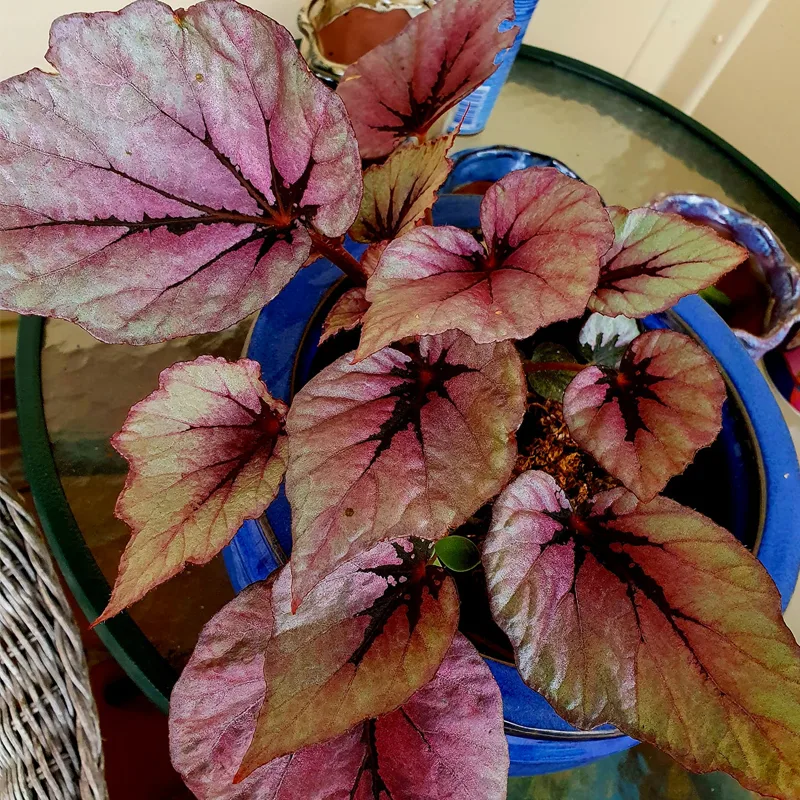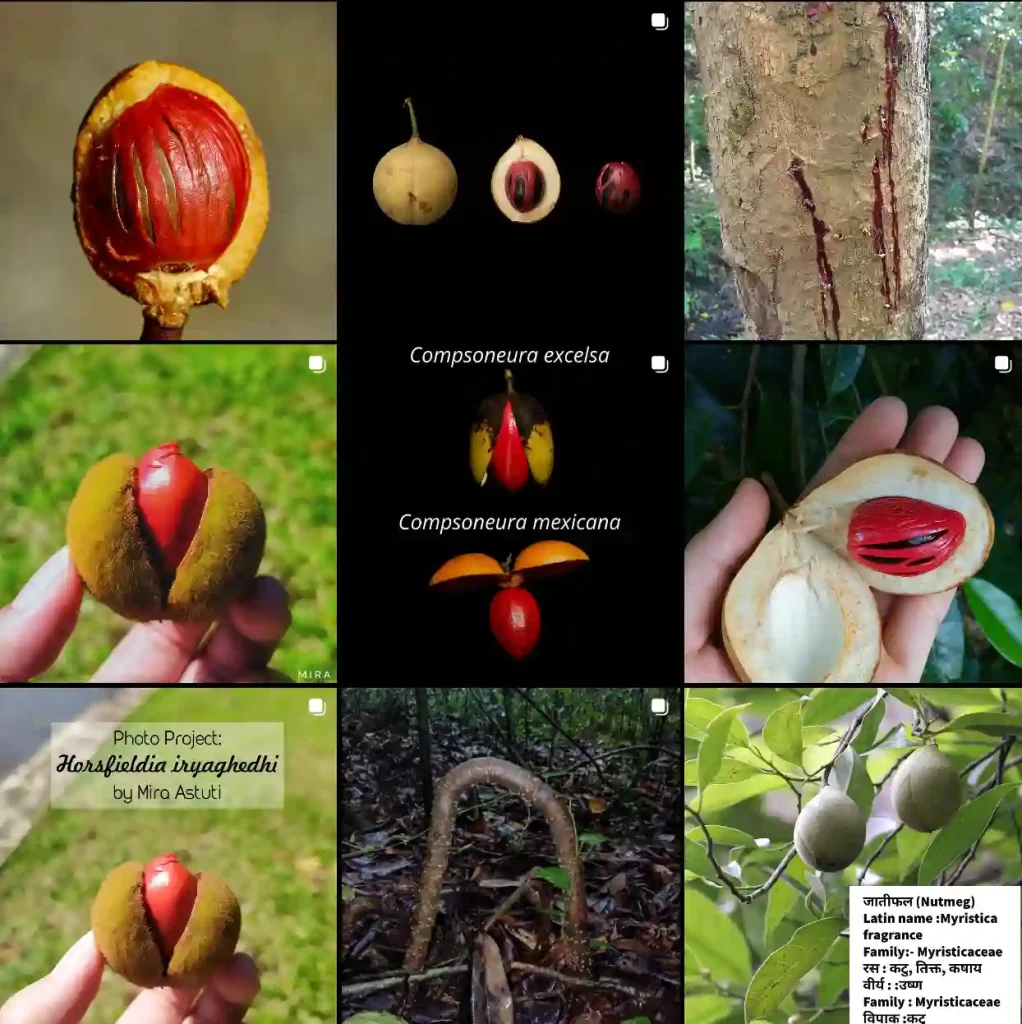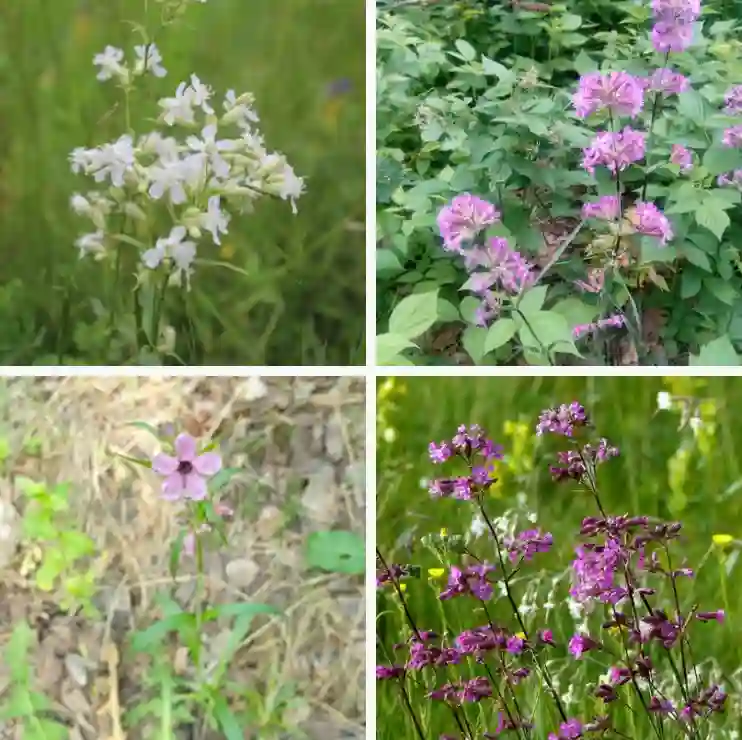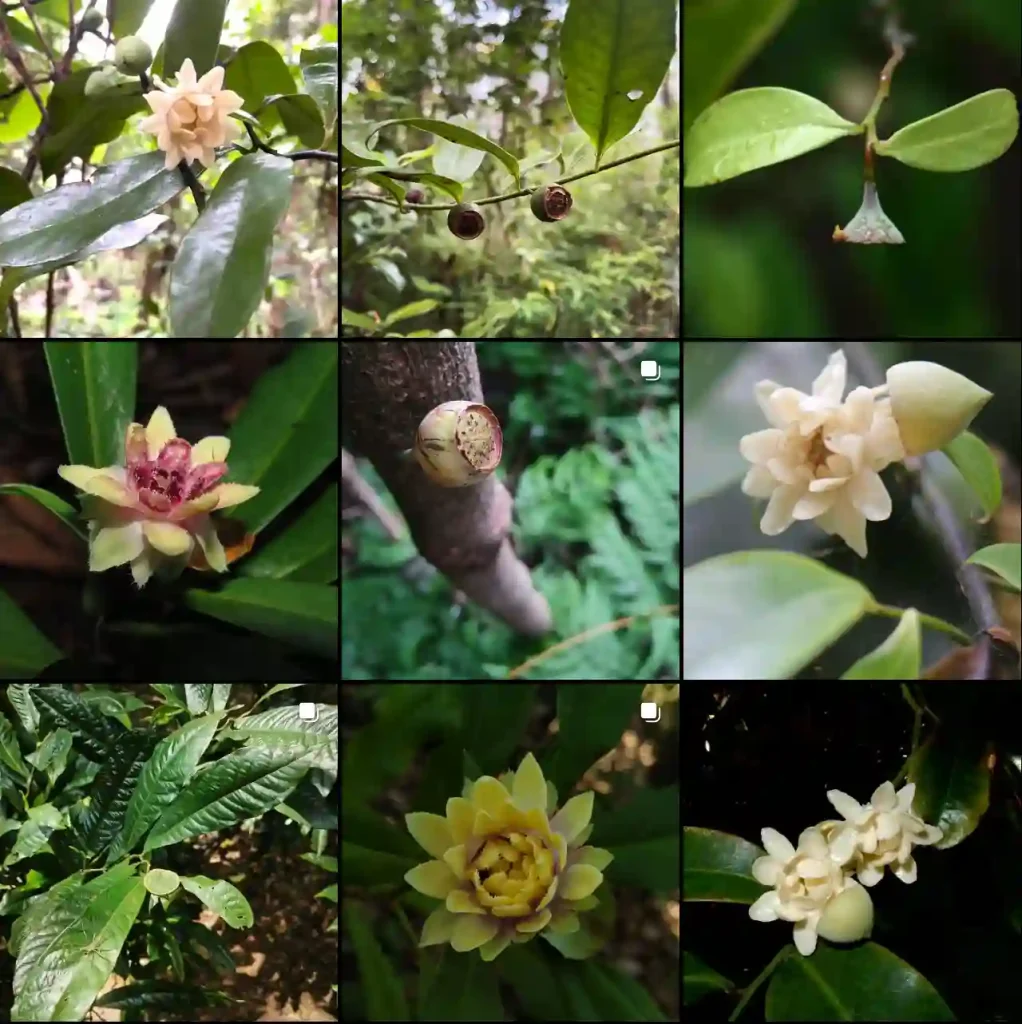
Fothergilla Gardenii: A Showstopper Shrub for All Seasons
As a landscape designer, I’m always on the lookout for plants that offer year-round interest. That’s why I fell head over heels for the Fothergilla Gardenii, also known as the Dwarf Fothergilla. This little gem packs a punch with its stunning blooms, vibrant fall foliage, and compact size, making it perfect for gardens of all shapes and sizes. But before you rush out and buy one, let’s delve deeper into this fantastic shrub.
4 Species in Genus Fothergilla
How Do You Pronounce Fothergilla Gardenii?
Let’s be honest, the name “Fothergilla Gardenii” can be a bit of a tongue twister. Here’s the breakdown:
- Fothergilla: (FO-ther-gil-uh)
- Gardenii: (gar-DEE-nee-eye)
So, the next time you’re talking about this beauty, you can confidently pronounce it “FO-ther-gil-uh gar-DEE-nee-eye.”
What is Fothergilla Gardenii?
Fothergilla Gardenii is a slow-growing, deciduous shrub native to the southeastern United States. Don’t let its slow growth fool you, though. This compact shrub matures at around 2-3 feet tall and 3-4 feet wide, making it ideal for foundation plantings, borders, or even container gardening.
The real magic happens in spring when the shrub explodes with a profusion of fragrant, white bottlebrush-like flowers. The honey-like scent adds another layer of delight to the experience. Once the flowers fade, the glossy green foliage takes center stage, holding its color throughout the summer. But the best is yet to come! Fall transforms the Fothergilla Gardenii into a fiery spectacle. The leaves erupt in a kaleidoscope of reds, oranges, and yellows, creating a breathtaking display that lasts for weeks.
How to Care for Fothergilla Gardenii?
Good news! Fothergilla Gardenii is a low-maintenance shrub that thrives with minimal fuss. Here’s what you need to know:
- Light: This shrub prefers full sun to part shade. In hotter climates, afternoon shade is beneficial.
- Soil: Well-drained, acidic soil is key. If your soil is on the alkaline side, consider amending it with peat moss or composted manure.
- Watering: Water regularly, especially during the first year after planting. Once established, it’s fairly drought tolerant.
- Pruning: Fothergilla Gardenii requires minimal pruning. However, light pruning after flowering can help maintain its shape and encourage bushier growth.
Will Fothergilla Gardenii Survive After Being Eaten by Rabbits?
Unfortunately, rabbits find Fothergilla Gardenii quite tasty, particularly the new growth. If you have a rabbit problem in your yard, it’s best to plant this shrub in a protected area or use rabbit fencing to deter them.
Where to Buy Fothergilla Gardenii?
Finding Fothergilla Gardenii might require a bit more effort compared to some common shrubs. Local nurseries that specialize in native plants are your best bet. You can also try online retailers that offer a wide variety of plants.
What to Plant With Fothergilla Gardenii
Due to its compact size and seasonal interest, Fothergilla Gardenii pairs beautifully with a variety of plants. Here are a few ideas:
- Spring companions: Azaleas, rhododendrons, and hellebores will create a stunning spring display alongside the Fothergilla’s blooms.
- Summer partners: Ferns and shade-loving perennials like hostas will provide textural contrast and add color throughout the summer.
- Fall favorites: Pair Fothergilla Gardenii with other fall-flowering shrubs like Virginia sweetspire or burning bush for a truly spectacular autumn show.
Conclusion
Fothergilla Gardenii is a hidden gem waiting to be discovered. This versatile shrub offers a captivating combination of spring blooms, vibrant fall foliage, and a manageable size. With a little care, it will become a cherished addition to your garden for years to come.
If i die, water my plants!



